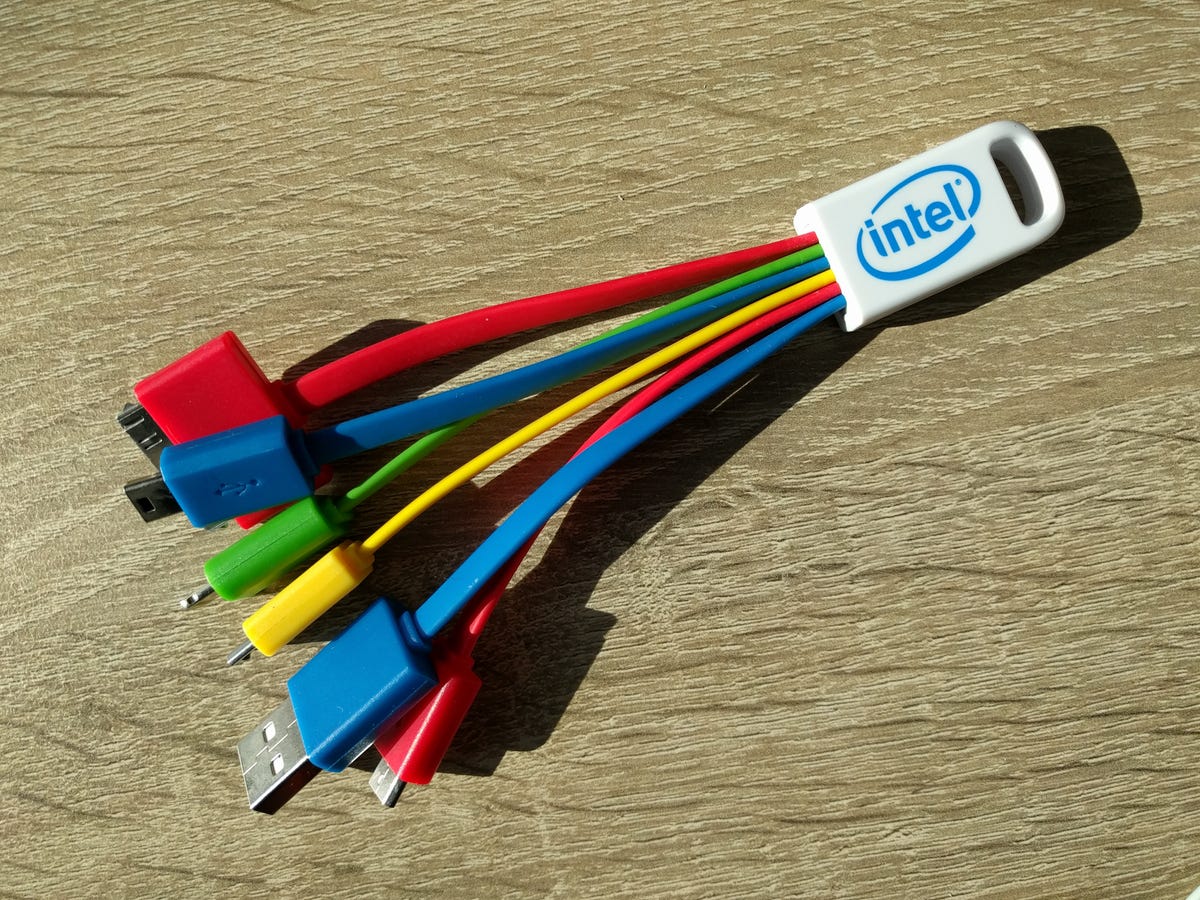
The industry group behind USB published an update to the data transfer standard on Tuesday that doubles top speeds to 80 gigabits per second. But it’s also got another trick that should help people with heavy data transfer needs: an ability to reach 120Gbps in some circumstances.
USB 4 version 2 can transfer data at 80Gb per second between laptops and tablets to peripherals like monitors and storage systems. That speed is bidirectional, meaning it can travel to or from the peripherals. To accommodate heavy data loads — like using large monitors, external drives and fast Ethernet networks — USB 4v2 can split up its data capacity differently, with 120Gbps of capacity out to peripherals and 40Gbps coming back in.
Don’t expect the change immediately. “It will take at least 12 to 18 months … before we start to see leading solutions in the market,” the USB Implementers Forum told CNET in a statement.
USB is widely used to connect countless devices for data transfer and charging, so any improvements stand to affect millions of consumers. Wireless data transfer technology over Bluetooth and Wi-Fi are important, but old-school copper cables still offer the highest speeds, best reliability and can charge devices, too.
The Universal Serial Bus standard started more than two decades ago with printers, keyboards and mice, devices that didn’t demand much capacity. But external monitors and high-end storage systems are much more demanding. USB speed boosts have helped keep pace and also have helped replace a profusion of laptop ports with a smaller set of more versatile ports.
USB continues to spread, showing up in cars, airplane seat backs and, also Tuesday, new lower-end iPad tablets that Apple announced.

Consumers had to deal with many cable types in the past, but USB-C is gradually replacing most of them.
Stephen Shankland/CNET
The USB 4v2 standard governs data transfer, but it’s actually one of a trio of standards that can be confusing to sort out. Another standard called USB-C determines the shape of the connector and the cables that plug into it, while USB PD (short for Power Delivery) governs how devices charge.
To keep USB-C charging cables inexpensive, many support only old and relatively slow USB 2 data transfer speeds of 480Mbps — just 6% of the new USB 4v2 standard.
Existing USB-C cables rated for 40Gbps will work at 80Gbps, the USB Implementers Forum said. For active cables, which add controller chips to support longer lengths, the group is working on an updated specification.
